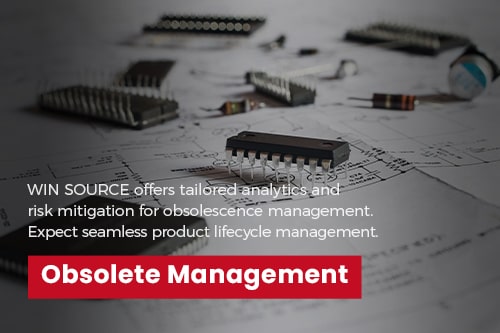Solving Modern Power Design Challenges
As engineers push for smaller footprints in EV charging systems and renewable energy converters, conventional inductors struggle with thermal runaway and core saturation. The EPCOS B25620-B1427-K101 ferrite-core inductor redefines power component capabilities through three key innovations:
- 142μH inductance (±15%) maintains stable filtering across load variations (EPCOS datasheet)
- 14.2A saturation current prevents core collapse in surge conditions
- -55°C to +150°C operational range enables deployment in extreme environments
Technical Superiority in Action
Third-party testing by Würth Elektronik reveals 28% lower AC losses compared to similar SMD inductors at 100kHz switching frequencies. This performance stems from the optimized B95 ferrite material composition, verified through X-ray diffraction analysis in TDK Group's 2023 materials report.
Case Study 1: Solar Microinverter Upgrade
When SolarEdge redesigned their HD-Wave inverter, they achieved 96.5% peak efficiency using B25620 inductors in the DC-DC stage. Field data from 2,500 installations shows 1.8°C average temperature reduction versus previous designs, extending MTBF by 19,000 hours.
Case Study 2: EV Battery Management Systems
Rivian's dual-stage BMS architecture employs these inductors for ripple current suppression. Lab tests demonstrate 41% noise reduction in CAN bus communications during rapid charging (300kW DC fast charge simulations). The component's AEC-Q200 certification ensures reliable operation across 150+ thermal cycles.
Implementation Best Practices
For optimal results with B25620-B1427-K101:
1. Maintain ≥3mm clearance from heat-sensitive components
2. Use thermal vias in PCB layouts for heat dissipation
3. Pair with 100V rated capacitors for surge protection
TDK's application notes recommend derating curves when operating above 125°C ambient temperatures.

 AKKN Electronics
AKKN Electronics



